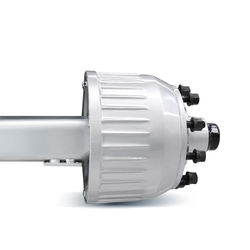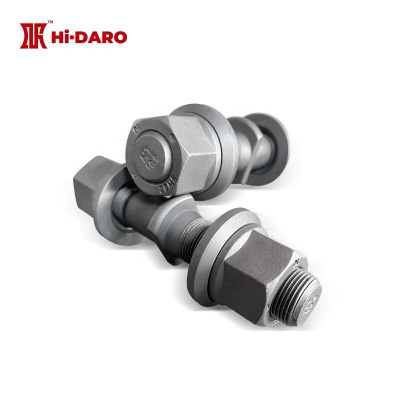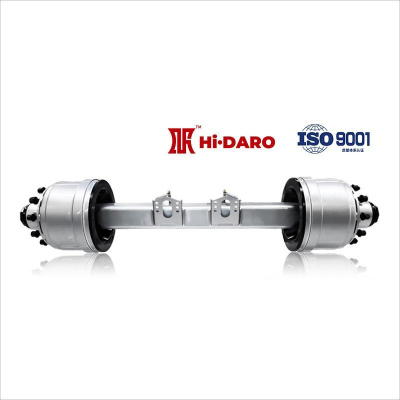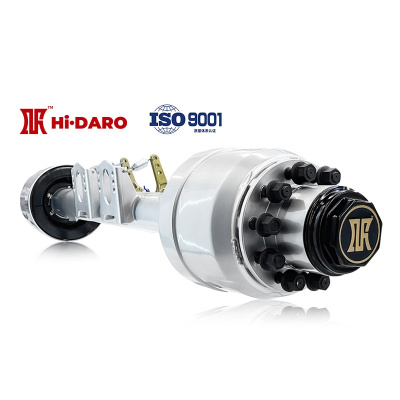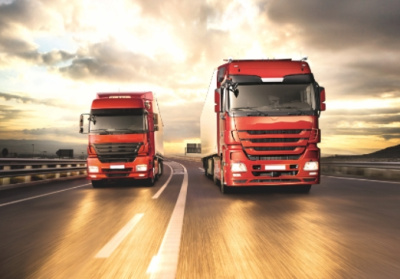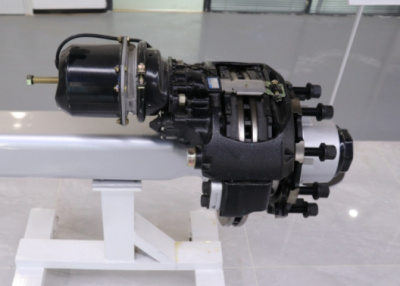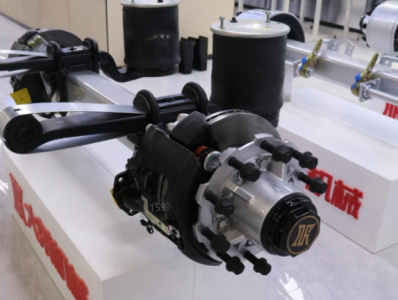Is novice suitable for cold chain transport?
In recent years, the development level of the domestic logistics market continues to improve, especially the cold chain transportation industry. In addition to the increasing transportation demand for frozen food, packaged cooked food, fast food raw materials, cold food and other products, the addition of medicine and other products also promotes the development of cold chain transportation to a certain extent, coupled with the development of e-commerce, new retail formats and the continuous improvement of cold chain infrastructure. Cold chain transportation has almost become the tip of the pyramid in the logistics industry, rising suddenly in a piece of Red Sea.
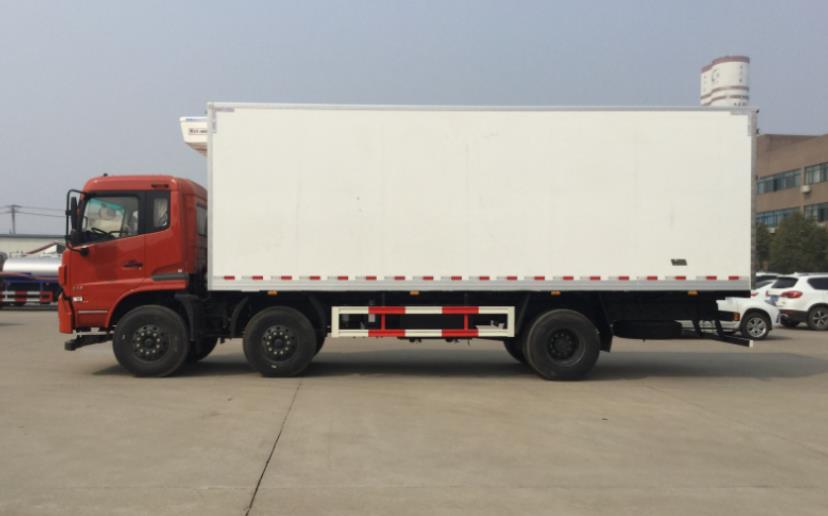
In contrast, the phenomenon of bad money driving out good money is more common in other transportation fields due to more cars and less goods. Multiple factors prompt car owners to start planning a way out again, or directly change the industry, or change the track. Therefore, cold chain transportation has become the object of attention of many car owners.
But is cold chain transport really as easy as the layman thinks? I'm afraid not.
Cold chain goods are different from ordinary goods, generally are "delicate" "difficult to wait on" fresh-keeping quality goods, usually relatively high added value, if not careful there are bumps and bruises or corruption, deduct freight goes without saying, a business is not a joke. Therefore, the vehicles used for cold chain transport are usually much higher than the ordinary transport vehicles in configuration. The tractor plus the semi-trailer costs hundreds of thousands, or even millions, and the investment is quite high.
Ready to refrigerated car, but also face to find a source of goods, loading, transportation, unloading, delivery, etc., any one of the steps need to pay attention to everywhere, for the novice owners just into the line, it is not so easy. So, the novice cold chain owners should pay attention to what problems, not to draw water in vain? Let's start with the steps and go through them one by one.
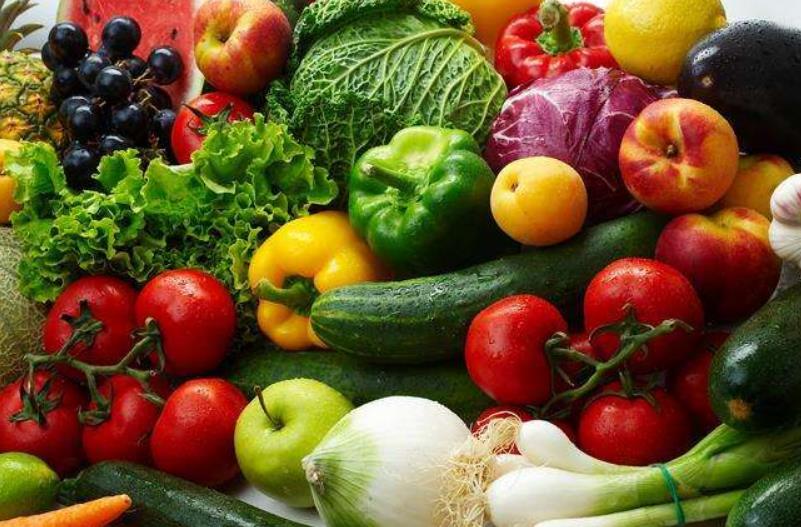
First, find the source of goods.
The supply of goods is the main economic source of the transport owners. Only when the supply of goods is stable, can the stability of income be guaranteed to a certain extent. If you have an old master to teach you, that's great, but if you don't, where do you try to find a source?
1, all kinds of searching platforms, sharing economy has spawned a lot of resource-sharing APP platform, novice owners can download a few more, usually pay more attention to.
2. Local life platform, on which demand information can be released and suitable business can be found.
3, to the physical stores, such as supermarkets, restaurants, food stores, etc., more contact to see whether the need to cooperate with the cold chain service providers.
4. Contact companies with cold chain requirements, such as food factories, pharmaceutical factories, processing plants and so on.
5. Use social platforms, especially industry groups or industry forums, to find the right business or customers.
6, more contact with friends and relatives, promote their own refrigerator car resources, acquaintance economy is also a way to solve the supply of goods.
7. Looking for a logistics company to consult with.

In addition, if you find the source of goods, you should be good at accumulating and maintaining customers, after all, once a second time, if you can leave a good impression on the other side of the first cooperation, the next cooperation opportunity may take the initiative to find you.
Two, loading.
1. Check the equipment in the carriage, determine its operation performance, and take protective measures to avoid damage to it during loading.
2, the carriage precooling, according to the transport temperature requirements of the goods, the carriage precooling in advance. In addition, after loading, the door is closed and manual defrosting is carried out for about half an hour, so that the evaporator can play its maximum efficiency and reduce fuel consumption.
3, acceptance, carefully count the number of good goods, check whether there is damage, frozen goods to be good is not thawing phenomenon, fruits and vegetables to be good degree of maturity (ripe goods prone to damage or deterioration), remember to take photos to stay, with the relevant personnel, and write the situation on the shipping documents, so as not to arrive at the destination can not be explained clearly.
4, the division of goods, can not be different types, different temperature requirements of the goods in the same box, can be divided into independent small box.
5. Loading, lay a layer of cargo tray in the car, reserve space in front of the roof and carriage, can make the cold air circulation more full; Try not to open the door too big, reduce the hot air and moisture into the goods, more favorable to the preservation of the quality; Be careful not to block the evaporator inlet and outlet when loading.
6. After loading, pay attention to check the inside of the car, and close the tail door to check whether it is sealed; If the tail door cannot be closed temporarily, it is necessary to arrange special personnel to look after the goods until the tail door is sealed to prevent the loss of goods.

Three, transportation.
There are two key points in the transportation process: safe driving and temperature regulation.
Safe driving is not much to say, this is the most critical, is the top priority, without the safety of the rest will not have any meaning.
The second is the temperature regulation, the temperature setting in the process of transportation should be determined according to the specific situation of transportation, if not clear cargo box temperature setting can be communicated with the owner, understand clearly after setting.
In addition, on the way to ensure driving safety under the premise of attention or regulation of the temperature in the container, to avoid too high or high. If there is a car following personnel, it is best to be responsible for temperature regulation. Now a lot of refrigerating machines can automatically adjust the temperature, without human intervention, in the process of transportation only need to pay attention to the parking can avoid automatic adjustment failure to cause damage to goods.
Iv. Delivery after unloading.
Once the destination is reached, unloading and delivery cannot be taken lightly. Open the taildoor slowly and carefully, because the cargo may shift after a bumpy ride. Do not tip over when opening the taildoor.
As when loading, as long as the tail door opened, the owner should always pay attention to the goods, to avoid loss. The goods should be handed over to the owner in time after unloading.
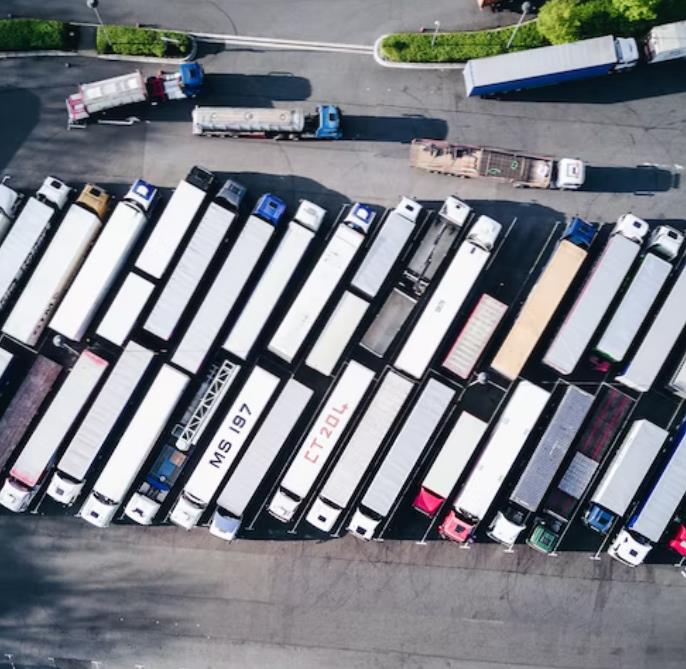
5. Clean the cargo compartment.
In general, when unloading, the thin ice in the cargo box will melt, and then the operators walk back and forth, prone to sludge; In addition, the melting ice water in the transportation process is easy to make the cargo compartment smell, affect the next use, but also affect the quality of the goods. Therefore, after the completion of a transport, it is more important to clean the cargo compartment in time.
In addition to the above precautions, the choice of a high-performance disc trailer axle and air suspension is also very important, after all, "work to do its thing must be first", cold chain transport of goods is more special, not only can not be placed for a long time, but also afraid of knock afraid of collision, in bumpy road conditions are very easy to appear goods damage. DARO disc trailer axle selected high strength, lightweight and high-quality raw materials, through the "one-piece" axle casting process, after 15 production processes, lighter weight, heavier performance. Locally reinforced square shaft beam, large section coefficient, torsion and bending resistance is better. Combined with DARO's 3D molding technology, the air suspension offers multiple advantages in cargo protection, driving safety and tire wear prevention, ensuring vehicle attendance, improving safety performance and economic efficiency.
